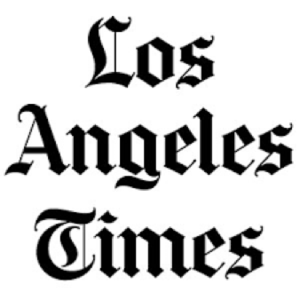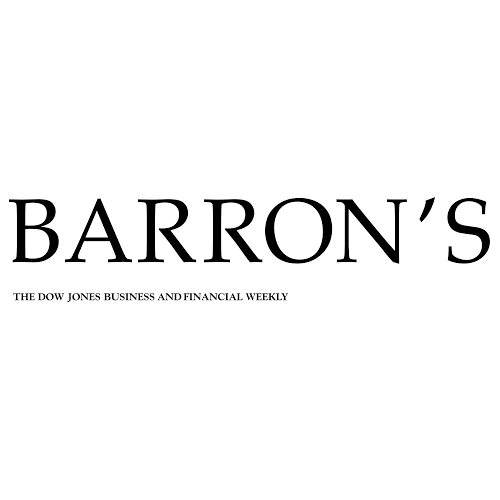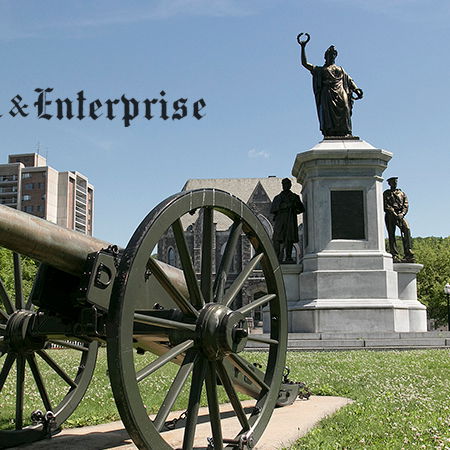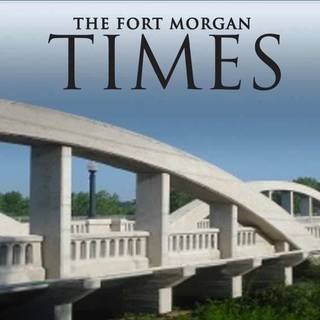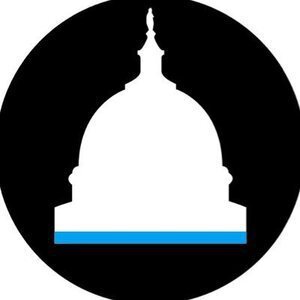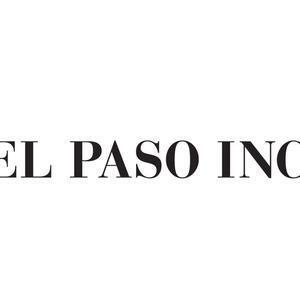- The Dow tumbled nearly 900 points and the Nasdaq just had its worst trading day since 2022 as stocks roiled Monday, March 10.
- President Donald Trump declined to rule out an upcoming recession during an interview that aired Sunday. The comments come as the stock market was already sinking with uncertainty over the administration’s tariff policies.
- U.S. Commerce Secretary Howard Lutnick firmly wrote off the chance of a recession.
Full Story
President Donald Trump declined to rule out the possibility of a recession in the next 12 months. His comments came during an interview with Fox News’ Maria Bartiromo on “Sunday Morning Futures,” on Sunday, March 9.
“I hate to predict things like that,” he said in response to a question from Bartiromo about whether there would be a recession. “There is a period of transition because what we’re doing is very big. We’re bringing wealth back to America. That’s a big thing. It takes a little time.”
But some in the Trump administration are more definitive when it comes to questions about a recession.
“Donald Trump is a winner; he’s going to win for the American people,” Commerce Secretary Howard Lutnick said during an appearance on NBC’s “Meet the Press” on Sunday, March 9. “That’s just the way it’s going to be. There’s going to be no recession in America.”
Stock market sinks on Trump’s comments, tariff developments
All three major stock market indexes sank on Monday, March 10, as investors are rattled about what the future holds regarding tariffs.
The Nasdaq had its worst day since 2022, dropping 4% in a single day. The S&P 500 dropped 2.7%, while the Dow Jones Industrial Average fell nearly 900 points, closing about 2.1% down.
In February 2025, Trump announced he would impose 25% tariffs on Mexico and Canada. He later delayed the levies for a month.
The tariffs on Mexico and Canada took effect on Tuesday, March 4, but by Wednesday, March 5, the president offered relief for American automakers for 30 days. By the end of the week, Trump put a hold on tariffs on goods from Mexico and Canada covered by the U.S.-Mexico-Canada Agreement until April 2025.
A recent survey of economists from the U.S., Canada and Mexico by Reuters found 70 of the 74 polled said the risk of recession in their economies has increased.
“I wanted to help Mexico and Canada to a certain extent. We’re a big, big country, and they do a lot of their business with us, whereas in our case, it’s much less significant,” Trump said in the Sunday interview. “And I wanted to help the American car makers until April 2.”
Election gains wiped from the board
Markets have been reeling in recent weeks as investors worry about the impact the president’s tariffs could have on U.S. consumers and the economy as a whole. During the week of March 3, the S&P 500 and tech-heavy Nasdaq each lost more than 3%. Meanwhile, the Dow fell 2.4%.
Markets surged after Trump won the election in November. As of Monday, the S&P 500 and Nasdaq have given up all of those gains and are now below where they were on Election Day.
“What I have to do is build a strong country. You can’t really watch the stock market,” Trump said of recent swings in equity markets. “If you look at China, they have [a] 100-year perspective. We go by quarters.”
How to determine a recession
Traditionally, the U.S. enters a recession if it faces two consecutive quarters of declining economic activity. At this time, the U.S. is nowhere close to that. The economy grew at an annual rate of more than 2% last quarter.
But two consecutive quarters of economic contraction doesn’t necessarily signify a recession these days. A group of eight economists at the National Bureau of Economic Research are tasked with taking a more nuanced approach to declaring an official recession. The experts who make the decision say a recession “involves a significant decline in economic activity that is spread across the economy and lasts more than a few months.”










